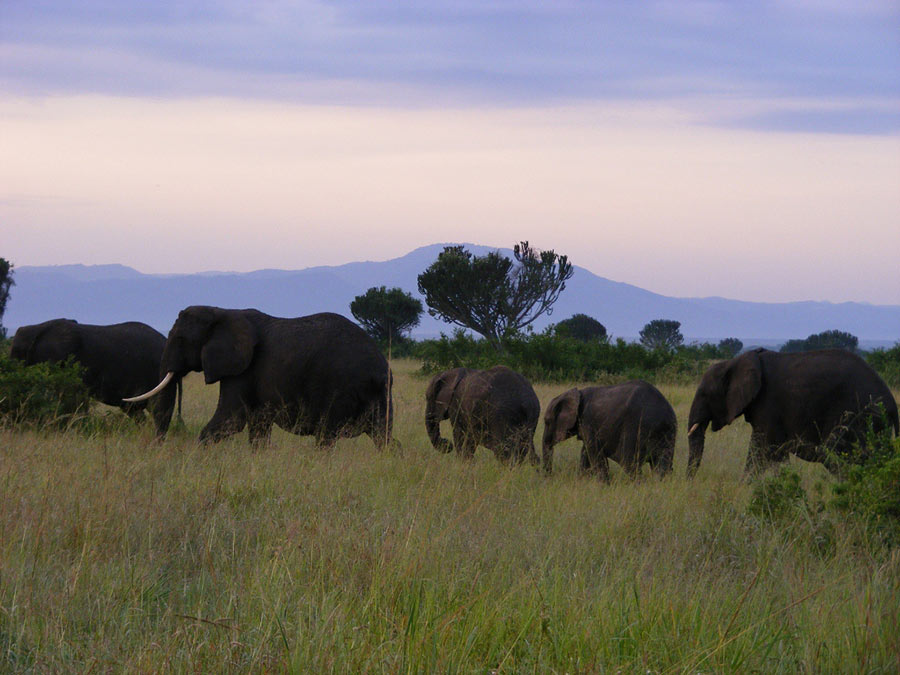
Human wildlife conflict – the reality of living with wild animals
A herd of elephants, slowly ambling along, is the ideal way to admire elephants. This photo was taken at sunset on safari in Queen Elizabeth National Park. But when elephants invade your crops, the picture isn’t so pretty: if you’re a subsistence farmer, it can be an issue of life or death.
A big part of Uganda Conservation Foundation’s work focuses on “mitigating Human Wildlife Conflict (HWC),” that is stopping humans and elephants from killing each other. Simply put, if we can protect the humans, we can protect the wildlife.
It’s a big problem – you try dealing with an elephant in your garden! – and it’s going to get worse.
The fact is, in most cases, humans are encroaching on wildlife territory. As you cut back the forest for firewood or clear bush to grow more crops for your expanding family, you enter the habitat of the baboons.

This situation is made worse in areas of northern Uganda where, after the war, people have been returning to their homes after 20 years living in IDP camps (temporary camps for Internally Displaced people). Elephants have become used to wandering unhindered and eating the fruits from the trees planted by the farmers 20+ years ago. Based on UCF’s success in Queen Elizabeth Protected Area (trying to manage elephants and buffalo) and in Budongo Forest (baboons and wild pigs), we’re now doing a Feasibility Study on mitigation projects in northern Uganda, specifically in the Murchison Falls region, an area of over 4,000 square kilometres.
A toolkit produced by the Food and Agriculture unit of the UN is designed to help resolve, prevent and mitigate the growing problem of conflict between humans and wild animals.
According to the FAO (Food and Agriculture unit of the UN) “With the world’s population growing at some 75 million a year, humans and wildlife are having to squeeze ever more tightly together, thereby increasing the risk of conflict between them.”
Uganda Conservation Foundation (the organisation I work for) continues to trial different solutions to mitigate Human Wildlife Conflict. Conflict can be either direct (e.g. attacks on humans or livestock by predators) or indirect (crop raiding); its effects overt (e.g. financial, starvation) or hidden (children missing out on education to guard crops or family members being sick). [Source – Thirgood].
The people most likely to be affected are those least able to cope, either physically or financially and those who usually benefit least financially from the presence of wildlife. It’s for this reason that UCF, in partnership with the Uganda Wildlife Authority, invests in a programme of sensitisation to the potential benefits of conservation-based tourism.

UCF’s experience in Ishasha in southern Queen Elizabeth Protected Area, tells us that there is no single solution to mitigating Human Wildlife Conflict: a number of complementary measures are needed. For example, the excavation of 20 km elephant trenches and erection of fencing create a physical barrier which makes all the difference to the survival of both the human and elephant populations. In valley areas, in the nearby Kikarara Parish, UCF is using bee-keeping as a deterrent to help prevent elephants crop raiding. (Elephants will generally avoid angry bees).
As the human population increases – Uganda has the third highest birth rate in the world – and the elephant population does the same – thanks in part to our anti-poaching work – mitigating HWC will become ever more of a priority.




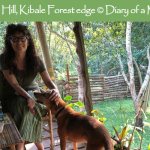







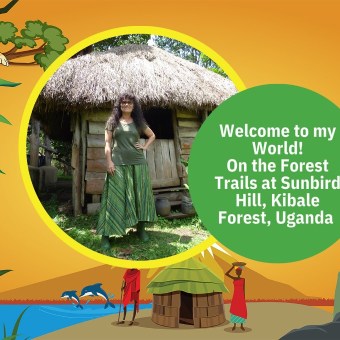

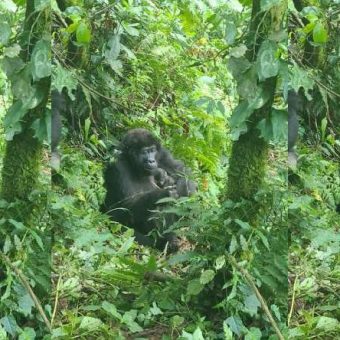


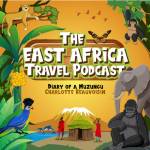










6 thoughts on “How do you deal with an elephant in your garden?”